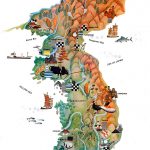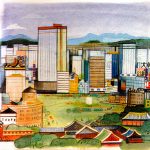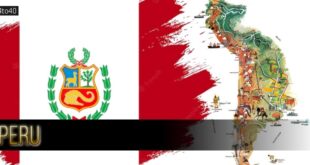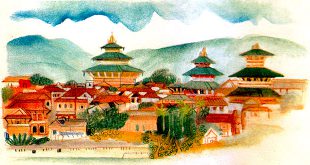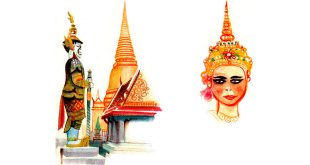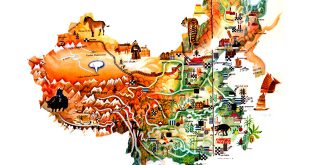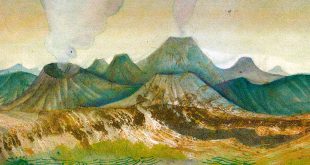Capital: Seoul
Location: Southern half of the Korean Peninsula, including adjacent islands in the Yellow Sea and Korea Strait
Area: 98,484 sq km
National composition: Koreans; some Chinese and others
Religions: Buddhism, Confucianism, Christianity
Official language: Korean
Currency: Won = 100 jeon
Administrative divisions: 8 provinces, 1 special autonomous province, 6 metropolitan cities and 1 special city
Other major cities: Pusan, Taegu, Inchon
Highest elevation: Chiri San in the Sobeak Range
Chief rivers: Naktong, Han
Climate: Warm, humid summers; dry, cold winters
South Korea is mountainous in the east and centre. The mountains descend in the west and south, opening into extensive river basins. The west coast is rugged, with numerous offshore islands.
In 1980 agriculture, forestry and fishing employed 34 percent of the work-force, as compared with 29 per cent in industry. Forests cover 70 per cent of South Korea and arable land 25 per cent. Korean farmers produce cereals, cotton, maize, potatoes, rice, soya beans and tobacco. Manufacturing is important and products include cement, chemicals, iron and steel, textiles, foods and electronics.
Shipbuilding and the timber industry are developing rapidly. South Korea has deposits of coal, gold, graphite, iron ore, lead, silver and tungsten.
 Kids Portal For Parents India Kids Network
Kids Portal For Parents India Kids Network

